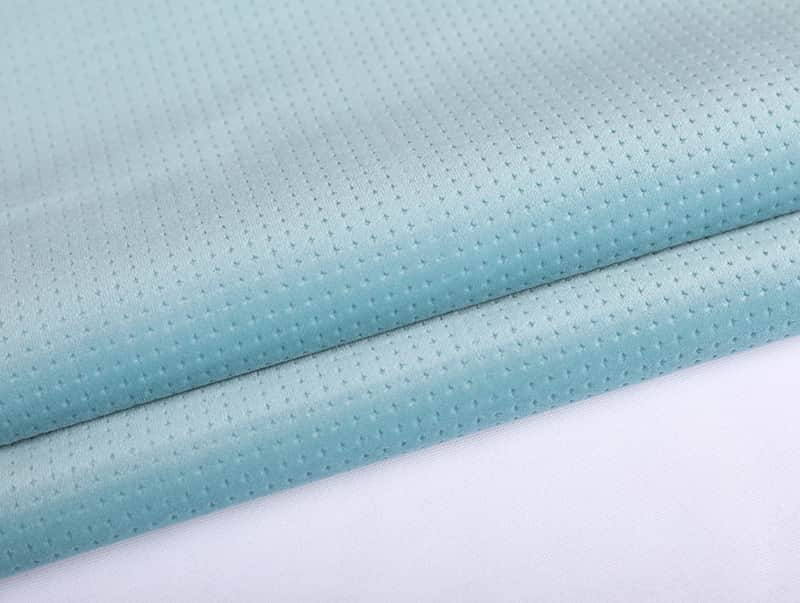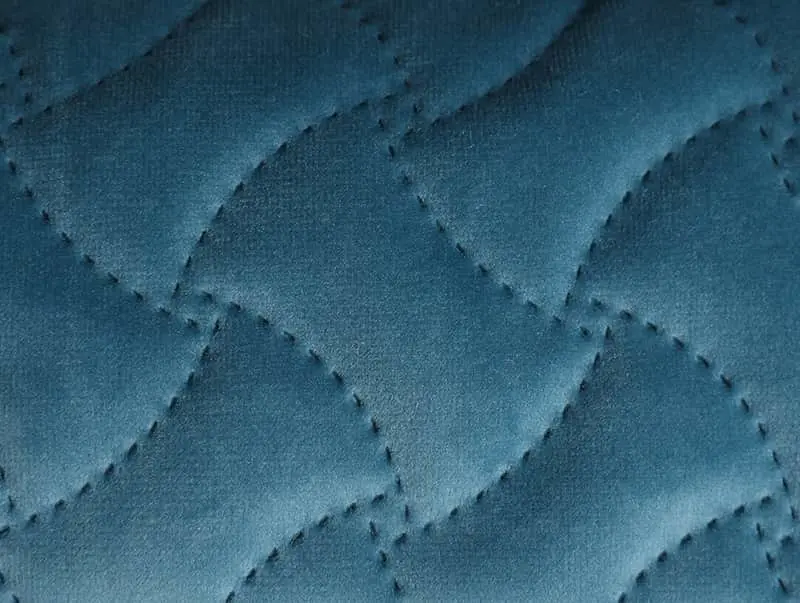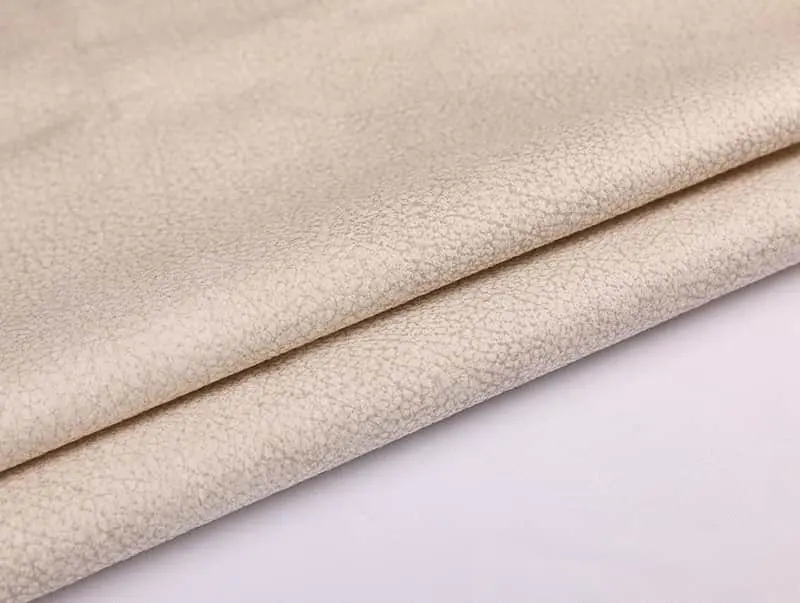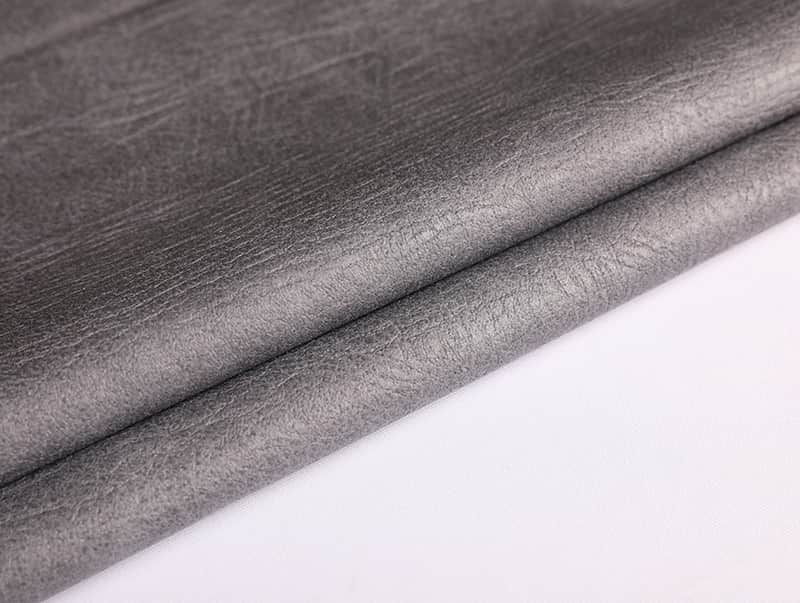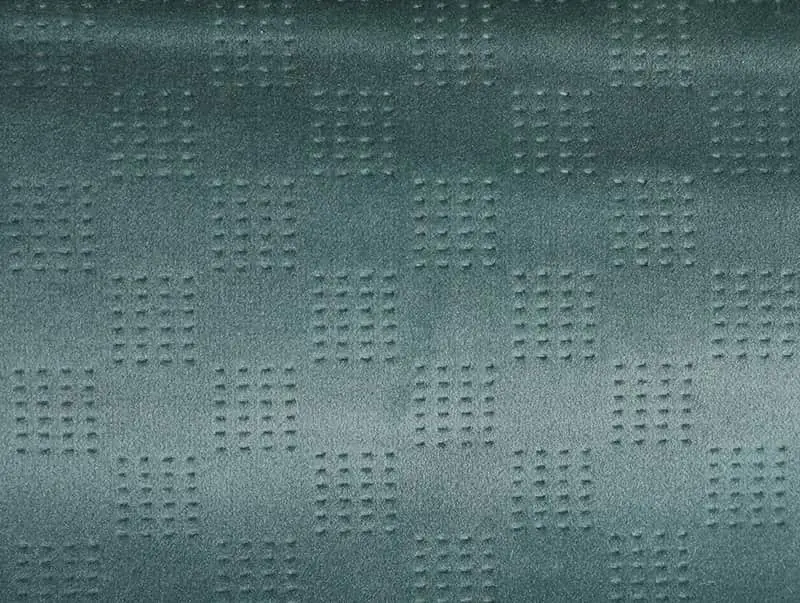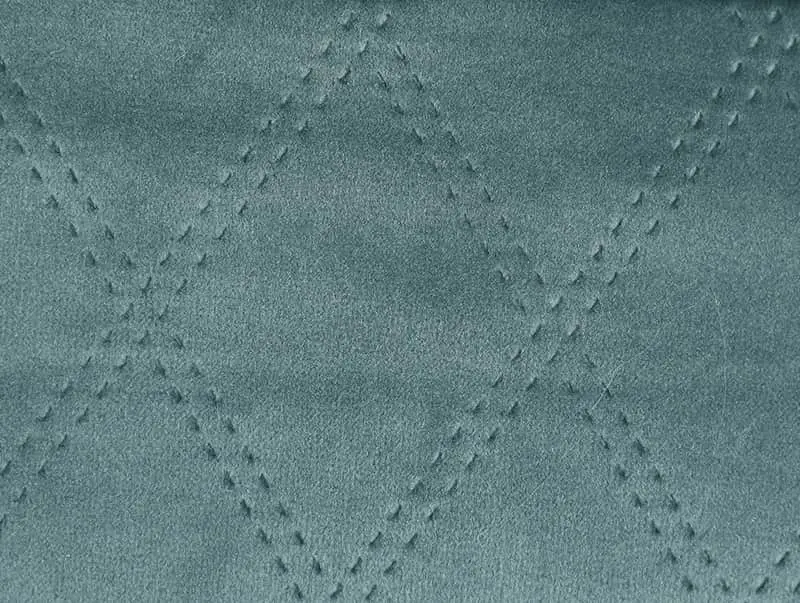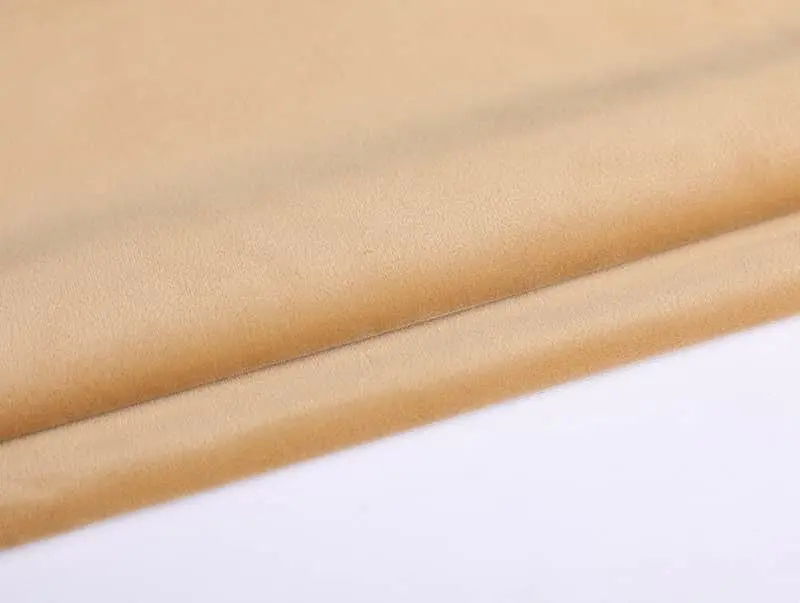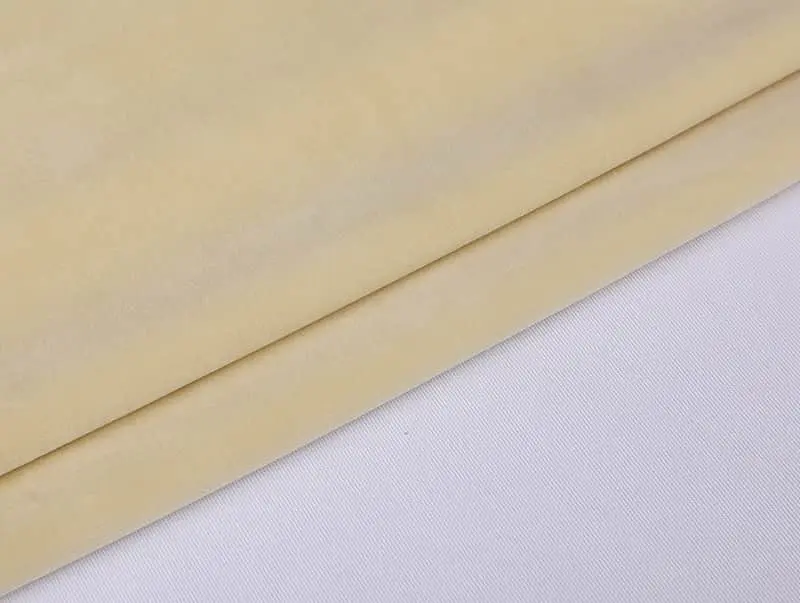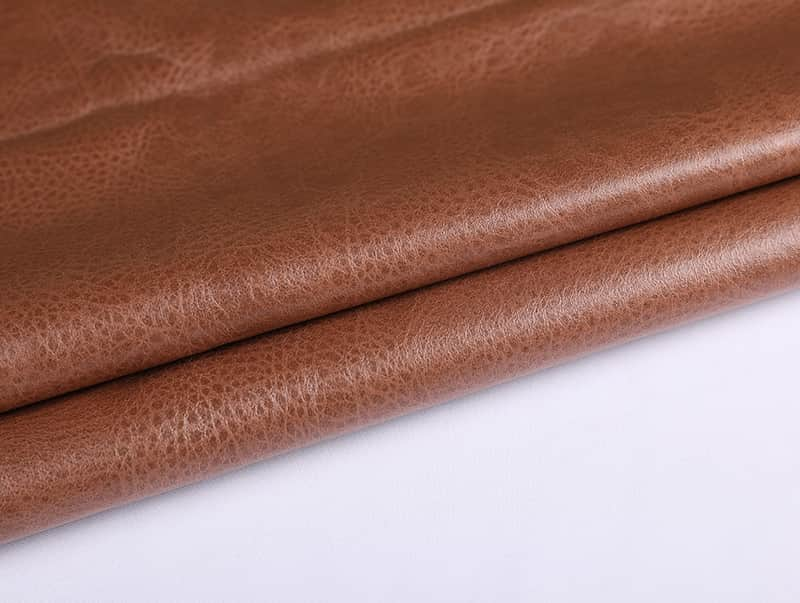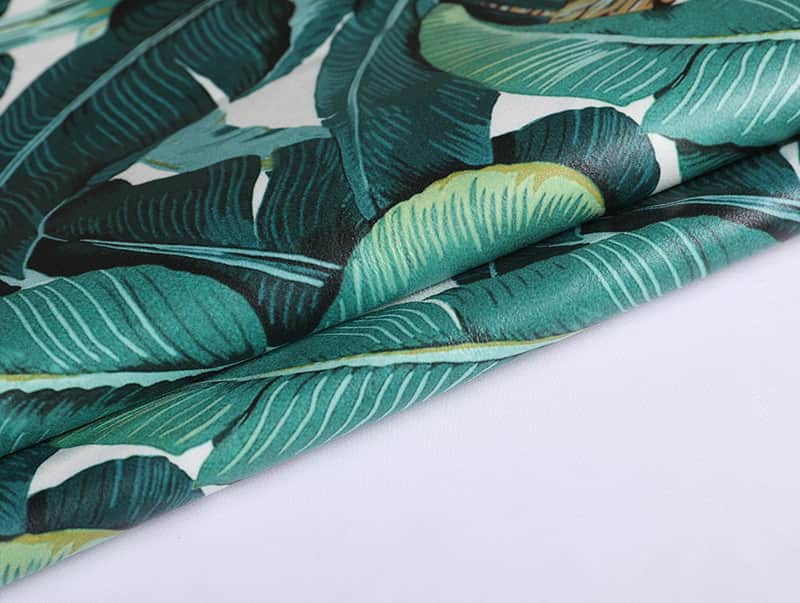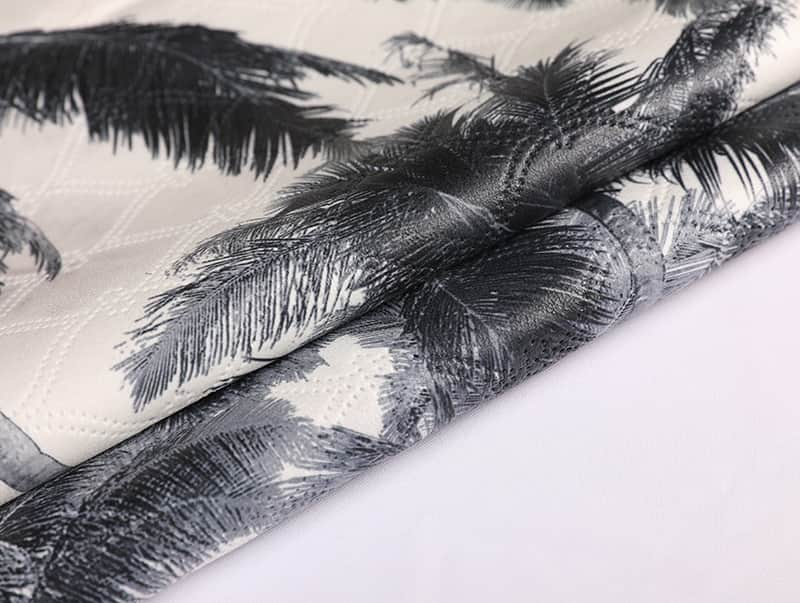Artificial leather has become a vital material across industries such as automotive interiors, footwear, furniture, bags, and fashion accessories. At the core of artificial leather lies the base fabric, which provides strength, dimensional stability, and bonding support for the surface coating layer (usually PU or PVC). Because the performance of the final product depends heavily on the quality of the base fabric, rigorous testing standards are applied to evaluate its reliability and suitability for different applications.
These testing standards cover a wide range of mechanical, physical, and chemical properties. Below is a detailed overview of the primary testing methods and international standards commonly used to assess the quality of artificial leather base fabrics.
1. Tensile Strength and Elongation Tests
The tensile strength test measures the force required to stretch the base fabric until it breaks. This test ensures that the base fabric can withstand tension without tearing or losing shape during use. Elongation testing, on the other hand, determines how much the fabric can stretch before reaching its breaking point.
-
Relevant Standards:
- ISO 13934 (Textiles – Tensile properties of fabrics)
- ASTM D5035 (Standard Test Method for Breaking Force and Elongation of Textile Fabrics)
These results indicate whether the base fabric has sufficient durability for demanding applications such as automotive upholstery or sports shoes.
2. Tear Strength Tests
Tear strength measures the fabric’s resistance to tearing once a small cut or defect has formed. Since artificial leather products often experience repeated stress, the base fabric must prevent small tears from spreading.
-
Relevant Standards:
- ISO 13937 (Textiles – Tear properties of fabrics)
- ASTM D1424 (Standard Test Method for Tearing Strength of Fabrics by Falling-Pendulum)
This property is especially important for products like furniture coverings and handbags, where durability against sharp objects or frequent use is essential.
3. Dimensional Stability and Shrinkage Tests
Dimensional stability testing evaluates how well the base fabric retains its shape and size after washing, heating, or environmental changes. Excessive shrinkage or distortion can affect the bonding of PU/PVC coatings and lead to wrinkling in the final artificial leather.
-
Relevant Standards:
- ISO 5077 (Textiles – Determination of dimensional change)
- ASTM D3774 (Standard Test Method for Width of Textile Fabric)
Maintaining dimensional stability is critical for automotive seat covers and large upholstery applications.
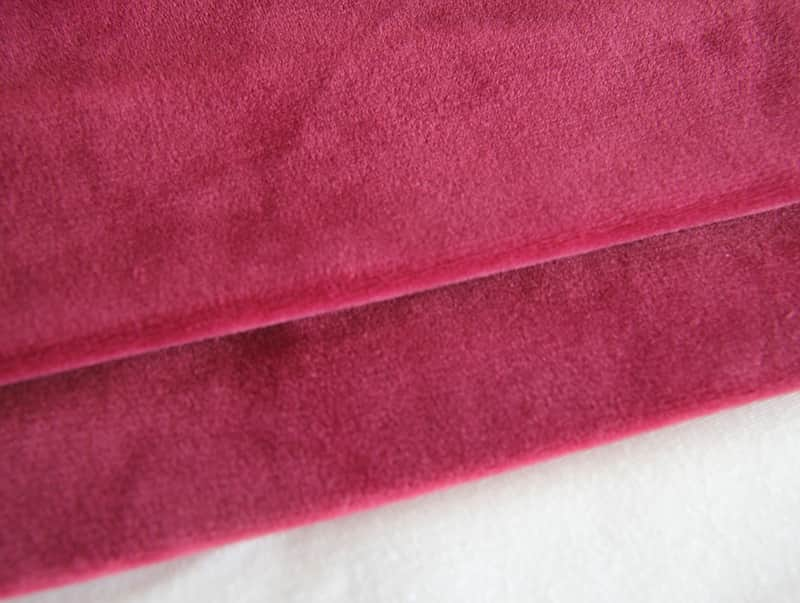
4. Abrasion Resistance
Although abrasion resistance is usually associated with finished artificial leather, the base fabric itself must be strong enough to resist surface wear and provide long-term durability. A weak base fabric can cause delamination or premature surface failure.
-
Relevant Standards:
- ISO 12947 (Martindale abrasion test)
- ASTM D3884 (Standard Test Method for Abrasion Resistance of Textile Fabrics)
Abrasion resistance testing is particularly relevant for artificial leather used in shoes, bags, and car interiors.
5. Adhesion Strength with Coating Layer
One of the most important properties of a base fabric is its ability to bond with the coating (PU, PVC, or other synthetic layers). Adhesion tests measure the force required to separate the coating from the fabric. If adhesion is weak, the artificial leather will peel or delaminate.
-
Relevant Standards:
- ISO 2411 (Rubber- or plastics-coated fabrics – Determination of adhesion)
- ASTM D751 (Standard Test Methods for Coated Fabrics)
This property directly reflects the compatibility of the base fabric with artificial leather manufacturing processes.
6. Air Permeability and Breathability
Air permeability testing evaluates how much air can pass through the fabric. Breathable base fabrics improve comfort in products like shoes, clothing, and furniture. In some applications, reduced air permeability is desirable for waterproof designs.
-
Relevant Standards:
- ISO 9237 (Textiles – Determination of permeability of fabrics to air)
- ASTM D737 (Standard Test Method for Air Permeability of Textile Fabrics)
The balance between air permeability and coating adhesion must be carefully considered depending on the end use.
7. Weight, Thickness, and Density Measurement
The weight and thickness of the base fabric directly influence the strength, flexibility, and bonding of artificial leather. These measurements are fundamental quality checks during production.
-
Relevant Standards:
- ISO 3801 (Textiles – Woven fabrics – Determination of mass per unit length and mass per unit area)
- ASTM D1777 (Standard Test Method for Thickness of Textile Materials)
Different applications require different fabric densities. For instance, lightweight fabrics are preferred in clothing, while heavier ones are used for furniture and automotive interiors.
8. Colorfastness and Chemical Resistance
Base fabrics used in artificial leather must also withstand dyes, chemicals, and finishing processes without degrading. Colorfastness testing ensures that fabrics maintain their color when exposed to light, rubbing, or washing.
-
Relevant Standards:
- ISO 105 series (Tests for colorfastness)
- AATCC Test Methods for colorfastness and chemical resistance
Chemical resistance testing evaluates whether the fabric can resist solvents and coatings used in manufacturing.
9. Flame Retardancy (for Specialized Applications)
For automotive, aviation, or public furniture applications, flame retardancy is an essential property. While coatings often provide the main flame-retardant effect, the base fabric must also be compatible with flame-retardant treatments.
-
Relevant Standards:
- ISO 15025 (Textiles – Burning behavior of fabrics)
- FMVSS 302 (Federal Motor Vehicle Safety Standard – Flammability of materials)
Conclusion
The evaluation of artificial leather base fabrics involves a wide spectrum of testing standards, covering mechanical strength, adhesion, dimensional stability, permeability, and chemical resistance. International standards such as ISO, ASTM, and AATCC provide recognized methods to ensure base fabrics meet the performance requirements for their intended applications.
High-quality base fabrics are the foundation of durable artificial leather products. Without reliable testing, manufacturers risk failures such as peeling, tearing, or loss of performance in real-world use. By adhering to established testing standards, producers can guarantee that their artificial leather base fabrics deliver consistent quality and meet the demands of industries ranging from fashion to automotive.
